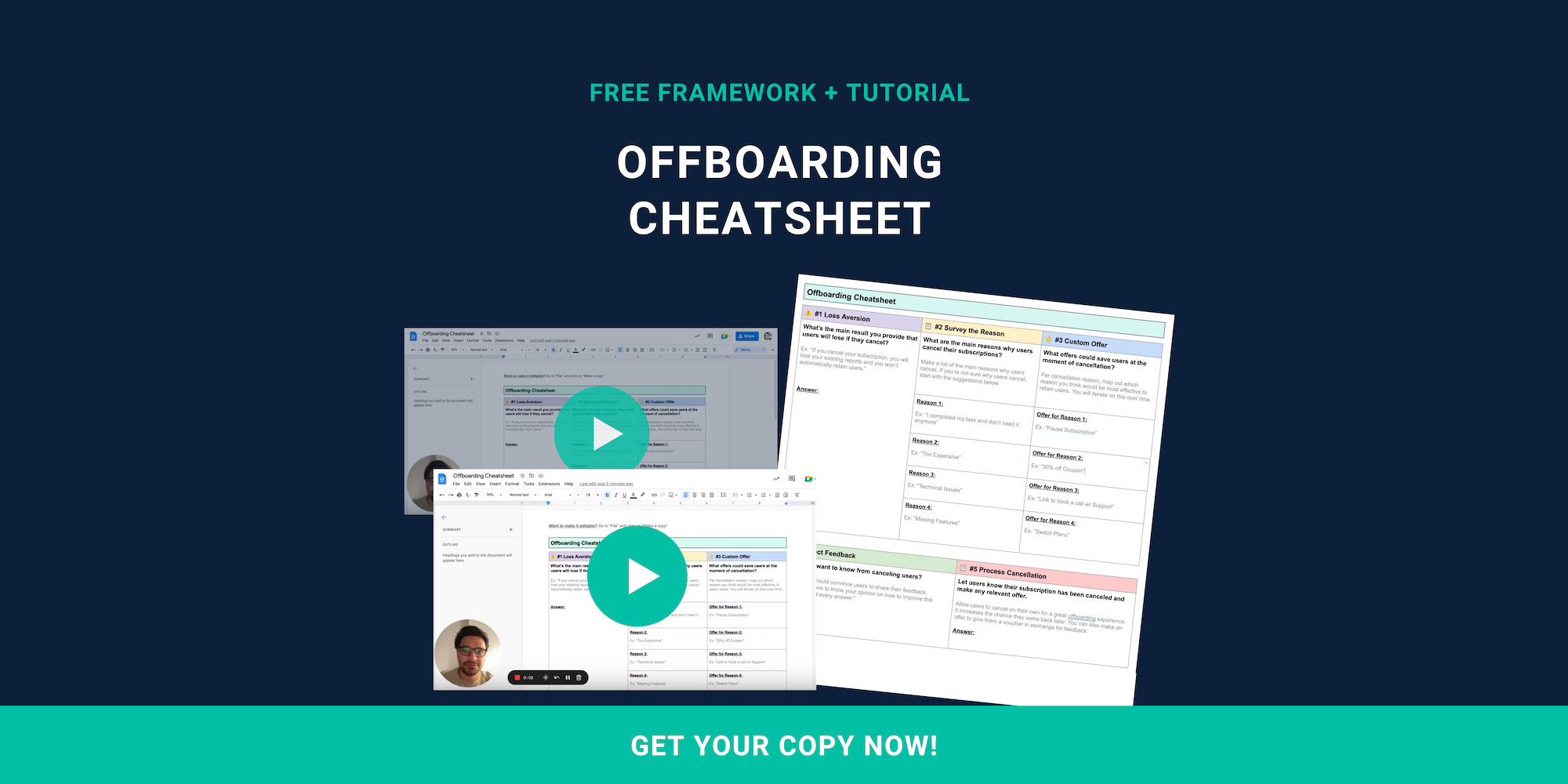What is the SaaS profit equation?
In a nutshell, the SaaS profit equation formula determines the overall profitability of a business and helps entrepreneurs make informed decisions to drive revenue and growth.
This whistlestop guide will delve into the SaaS profit equation and explore the key components that make up this critical formula for founders.
Cracking The SaaS Profit Equation: Key Metrics To Monitor
To maximize your SaaS profit, you must first understand the key metrics that make up the profit equation.
From customer acquisition cost (CAC) and lifetime value (LTV) to user churn rate, monitoring a range of pivotal metrics can offer a well-rounded view of your SaaS company’s financial health.
Based on this data, SaaS founders can make informed decisions to drive growth and profitability.
Maximizing SaaS Profit: Essential Equation Components
The SaaS profit equation is made up of several essential components, including revenue, cost of goods sold (COGS), and operating expenses.
When it comes to maximizing your profit, you must understand the interplay between these components and how changes in one area can directly impact other areas.
For instance, increasing revenue through marketing campaigns and sales strategies can lead to a higher CAC, which can negatively impact your overall profit.
SaaS Profit Equation Demystified: Key Drivers Of Revenue
The combination of customer acquisition and retention are key drivers of SaaS revenue.
While you can have an exceptionally effective customer acquisition strategy, if you cannot retain these customers, your user base may resemble a heavily leaking bucket.
You must have a robust acquisition strategy paired with a solid retention strategy.
If you can pour your focus into developing acquisition and retention strategies that hold up, this will inevitably lead to sustained revenue growth.
SaaS founders can use tools like Raaft to create cancellation flows and prevent existing users from churning at pivotal moments.
SaaS Profit Equation: Balancing Cost, Revenue, & Customer Lifetime Value
Balancing cost, revenue, and customer lifetime value is crucial in the SaaS profit equation.
When you spend time optimizing these three areas, you can maximize your overall profit.
As we’ve said, there’s plenty of interplay between these variables.
Optimizing Your SaaS Profit Equation: Tips & Strategies
Here are just a few tips and strategies to optimize your SaaS profit equation:
- Identify your target audience
- Offer a clear value proposition
- Optimize your pricing strategy
- Increase average revenue per user
- Reduce user churn
- Improve customer lifetime value
- Enhance the customer experience
- Utilize data and analytics to drive decision making
- Continuously monitor marketing and sales efforts
Reducing customer churn is a quick-win to improve your SaaS profit equation.
Keeping users around for longer will inevitably lead to a greater return on your investment in customer acquisition.
If you can get churn under control, this will provide you with the necessary confidence to spend more aggressively on customer acquisition and take bigger swings.
Boost SaaS Revenue & Profitability With Churn Reduction
If you are spending a significant amount of money on user acquisition, their lifetime value will determine the profitability of your acquisition efforts.
In other words, if you cannot keep users around for long enough, all your acquisition efforts will go to waste.
While it’s important to keep customer acquisition costs (CAC) under control, it’s equally as vital to promote user retention and prevent churn.

Offboarding Cheatsheet
This framework + video tutorial will help you design a better cancellation process.
Some of our featured articles

Adam Crookes

Adam Crookes
Customer Success insights in your inbox
Helping Founders and Customer Success Managers handle customer retention effectively.
We will only ever send you relevant content. Unsubscribe anytime.

